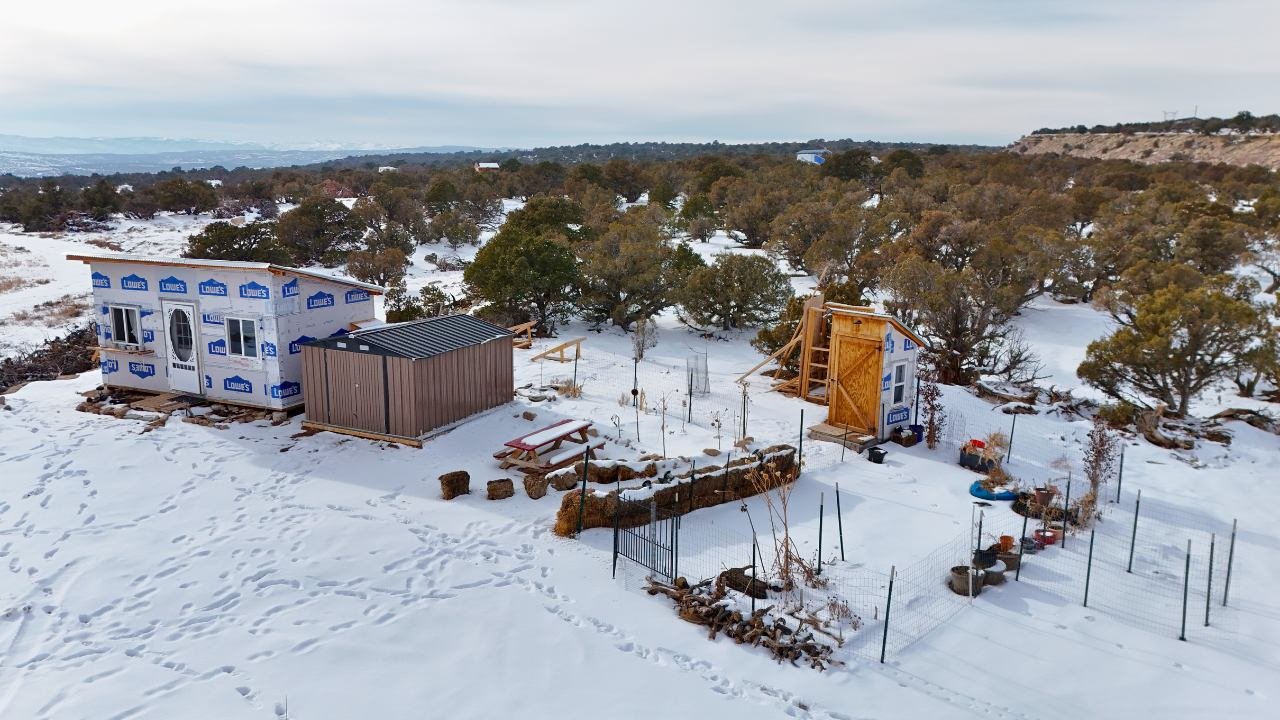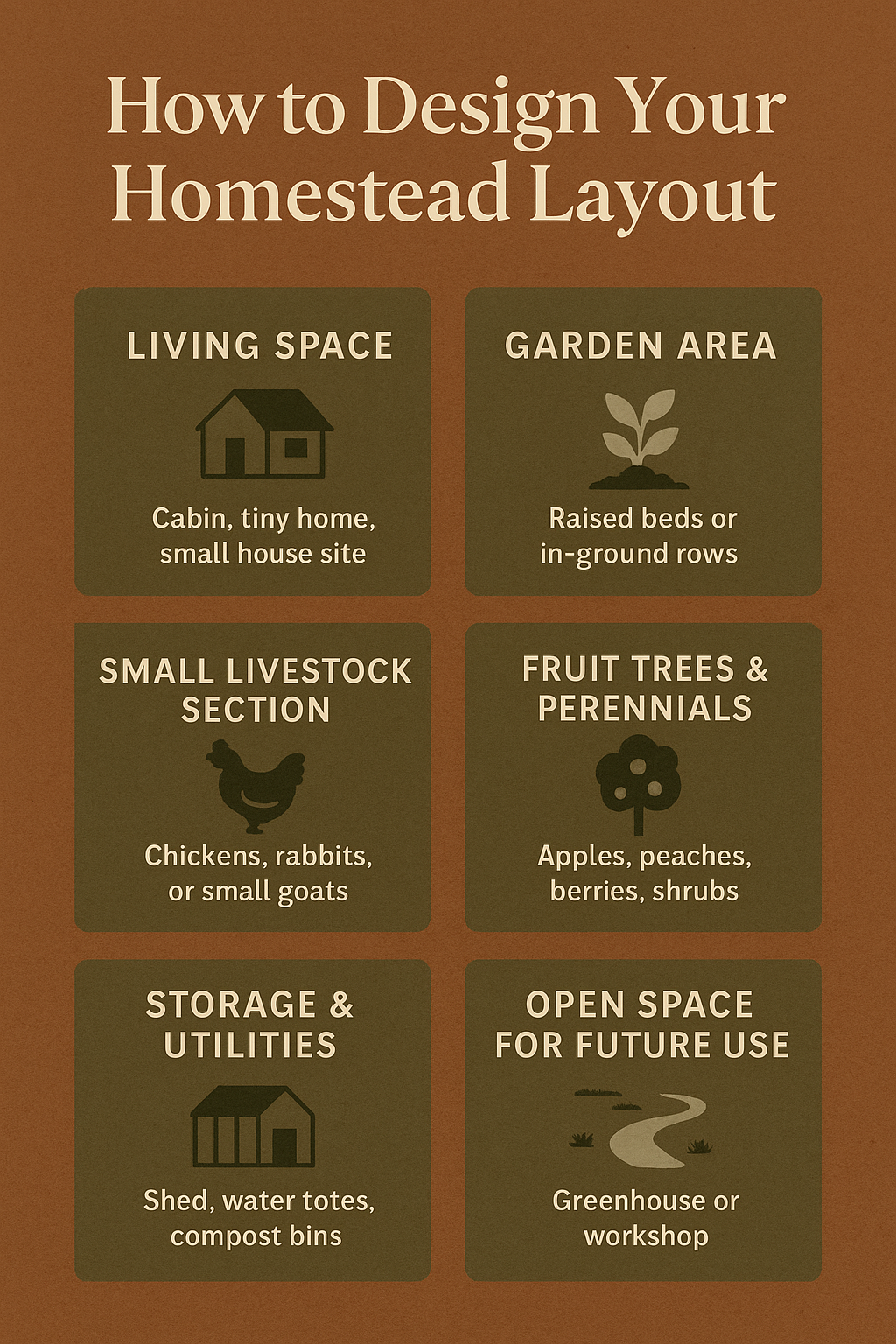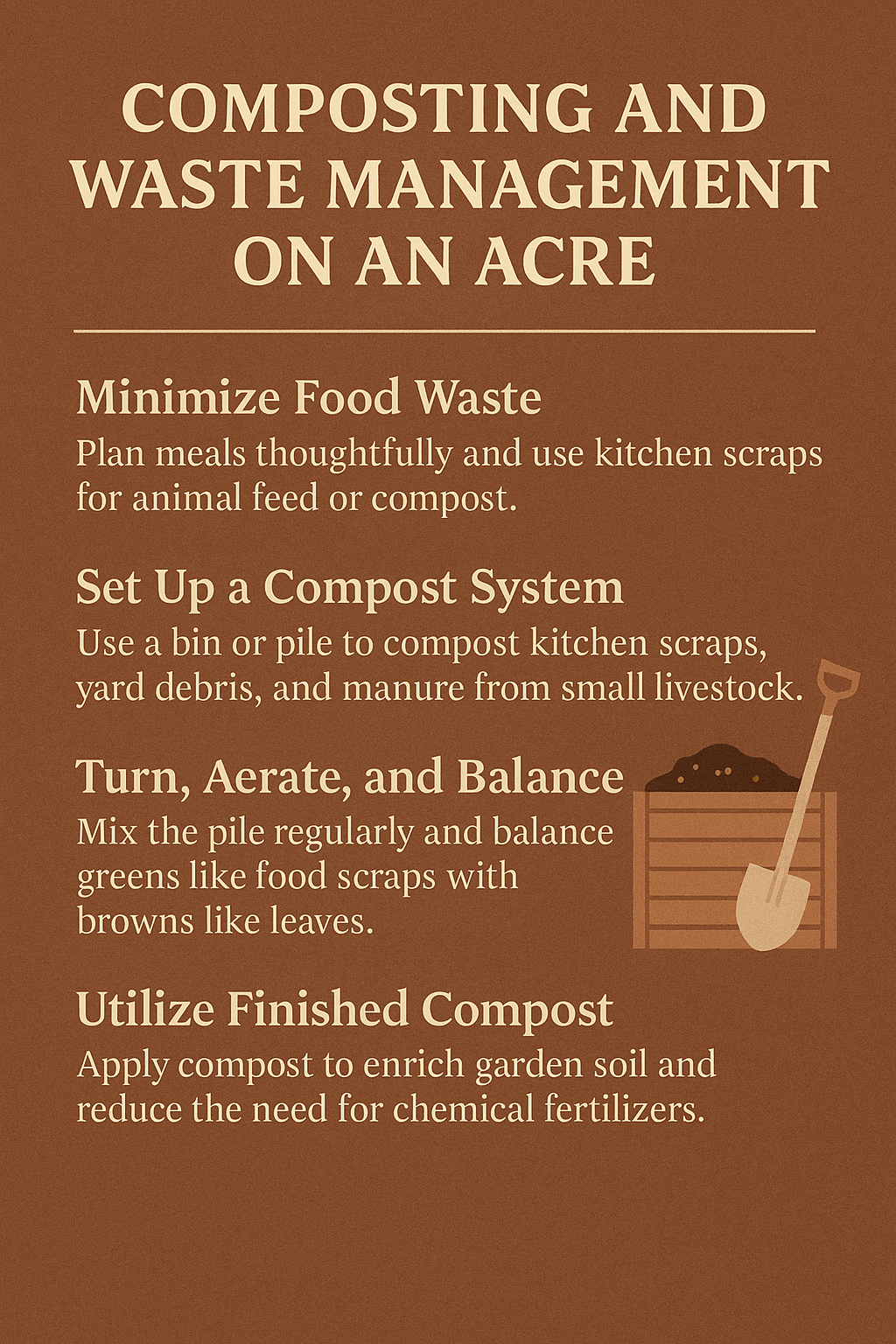Homesteading on an Acre
Homesteading on one acre is completely achievable with the right planning, layout, and long term vision. Even though one acre is smaller than traditional farms, it offers plenty of usable space for gardening, small livestock, water systems, storage setups, and a comfortable living area. Many Utah families are shifting toward smaller, more manageable homesteads because they require less maintenance, cost less to operate, and allow new homesteaders to learn essential skills without being overwhelmed. With good zoning, a thoughtful property layout, and a consistent routine, one acre can support fresh food, daily needs, and a self-sufficient lifestyle that grows stronger over time.
Understanding the Potential of a One Acre Homestead
A one acre property may seem small at first glance, but it can support a surprising amount of sustainable living when every section is used intentionally. Many people assume they need five, ten, or twenty acres to raise food and build independence, but a single acre can produce vegetables, eggs, fruit, herbs, compost, and even small livestock. The key is to design a layout that reduces wasted space and keeps all your main activities close together. One acre also helps beginners avoid the overwhelm that often comes with managing larger properties, making it a realistic and affordable starting point for those interested in growing their own food or transitioning to an off grid lifestyle.
How to Design Your Homestead Layout
A successful acre homestead starts with a layout that is functional, organized, and tailored to your daily habits. Before building anything, walk the property and identify natural slopes, shady areas, sunny spots, and potential wind breaks. Mapping the land helps you place high use areas like gardens and chicken coops closer to the home, while storage, compost, and long term projects can be placed farther away. A clean layout improves workflow, saves time, and helps you avoid rebuilding areas later as your homestead grows.
Key Zones to Include on One Acre
Living Space: A cabin, tiny home, manufactured home, or RV pad placed in a central spot for easy access to all zones.
Garden Area: Raised beds or in ground rows arranged for full sun exposure and easy watering.
Small Livestock Section: A clean, fenced area for chickens, rabbits, or small goats depending on zoning.
Fruit Trees and Perennials: Long term food sources like berries, apples, grapes, and hardy shrubs placed along the edges of the acre.
Storage and Utilities: A shed, tool area, IBC tanks, compost bins, and firewood storage for year round use.
Open Space for Future Additions: Space left for a greenhouse, workshop, or additional garden beds.
Building a High Yield Garden on One Acre
The garden is usually the heart of a small homestead, and with good planning, even a small section of the acre can produce enough vegetables to feed a family through most of the year. Utah homesteaders often rely on raised beds because they warm up faster in spring, drain well, and make it easier to control soil quality. With good compost, smart watering, and a mix of high yield crops, your garden can produce a steady supply of fresh food. Over time, adding drip irrigation, mulch, and seasonal rotation keeps your soil healthy and reduces your workload.
Tips for Maximizing Garden Production
Use raised beds or compact planting rows to grow more food in less space.
Choose productive crops such as tomatoes, beans, squash, peppers, carrots, and leafy greens.
Add homemade compost to enrich soil and improve water retention.
Use fencing or mesh to protect crops from deer, rabbits, and other wildlife.
Rotate crops each year to maintain soil health and reduce pests.
Raising Small Livestock on Limited Land
You do not need a large ranch to raise animals. One acre can easily support chickens, rabbits, ducks, or even a pair of dwarf goats, depending on zoning rules. These animals contribute to your homestead in many ways by providing eggs, meat, milk, natural fertilizer, and pest control. Small livestock require less space, less feed, and simpler shelters, which makes them perfect for families learning how to manage animals for the first time. With proper fencing, clean shelters, and consistent care, small livestock can greatly increase the productivity of your acre.
Best Small Livestock Options
Chickens: Provide daily eggs, help with pests, and create compost material.
Rabbits: Easy to raise, quiet, and efficient for meat production.
Ducks: Offer eggs and excellent natural pest control if you can add a small water area.
Dwarf Goats: Useful for milk production and brush clearing if zoning permits.
Water Storage and Management
Water is one of the most important parts of small scale homesteading, especially in dry climates like Utah. On one acre, you need water for gardens, small animals, cleaning, and daily living. Many people use a combination of hauled water, wells, tanks, or harvested rainwater depending on local rules. A good water system ensures you have enough supply even during summer months when demand is highest. Proper storage saves money, reduces waste, and keeps the homestead running smoothly during dry or busy seasons.
Water Tips for Small Homesteads
Install IBC totes or large tanks to store extra water through the year.
Use drip irrigation to stretch your supply and reduce waste.
Add mulch around garden beds to keep soil cool and hydrated.
Set up rain barrels if your county allows simple rain catchment.
Composting and Waste Management on an Acre
Composting turns kitchen scraps, leaves, yard trimmings, and animal bedding into rich, valuable soil for your garden. On one acre, even a single compost bin can produce enough material to feed raised beds and fruit trees every season. Composting helps reduce household waste, eliminate the need for store bought fertilizers, and build healthy soil that supports strong plant growth. A simple system using pallets, bins, or a rotating tumbler is usually all you need, and the process becomes easier as you develop a routine throughout the year.
Benefits of Composting
Builds nutrient rich soil that improves garden growth.
Reduces trash and promotes a cleaner homestead.
Lowers long term gardening and landscaping costs.
Creates a sustainable cycle using your own resources.
Creating a Long Term Homesteading Plan
Homesteading on an acre works best when you start small, learn the basics, and expand your systems over time. Most successful homesteaders begin with gardens, compost, water storage, and a small set of animals. As your skills grow, you can add structures like a greenhouse, a workshop, expanded fencing, or solar power. This slow and steady approach keeps your workload manageable and allows the homestead to grow naturally based on your real needs and budget.
Long Term Homestead Add Ons
Greenhouses or hoop houses for year round gardening
Tool sheds or small workshops
Additional water tanks or upgraded plumbing
Expanded berry patches or orchards
Solar panels, battery storage, or a backup generator




